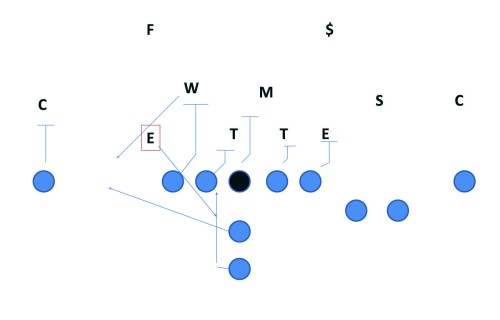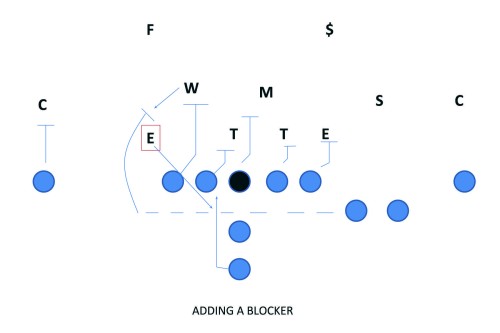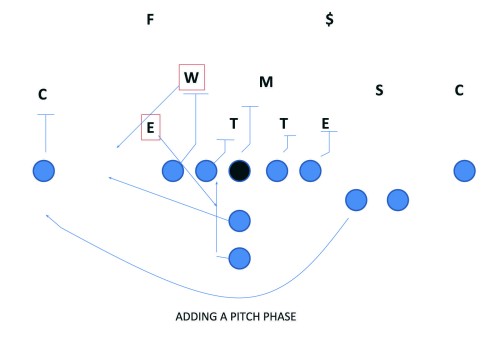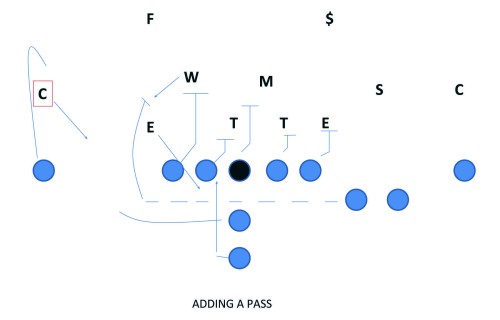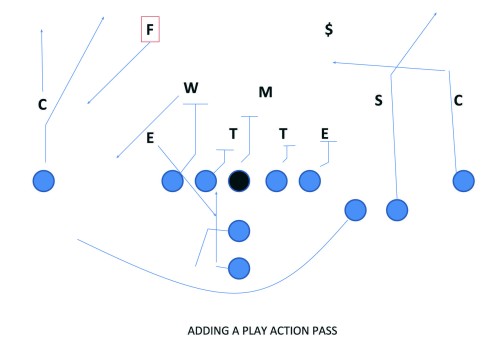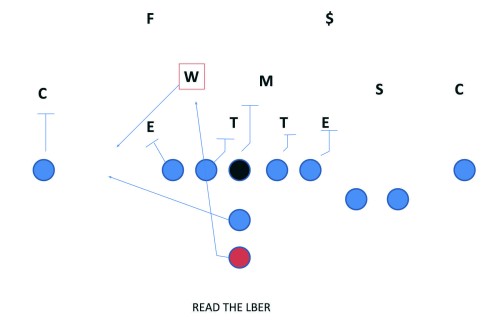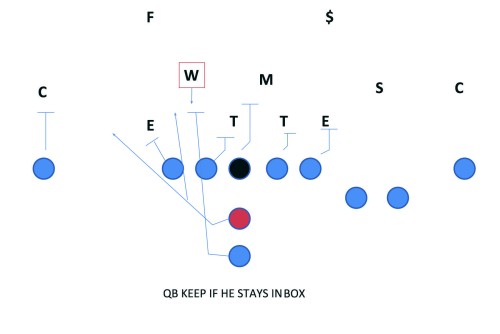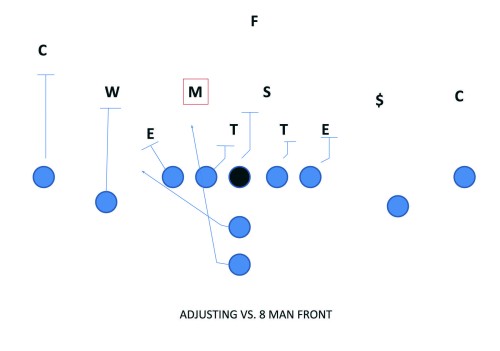Article CategoriesAFM Magazine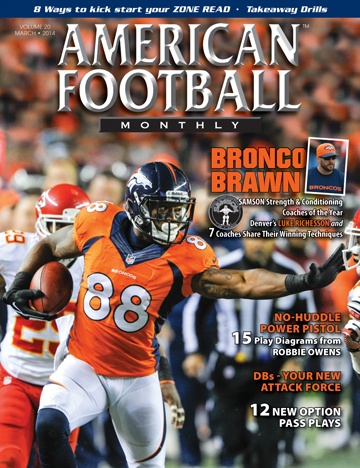
|
A Different Read on the Zone Optionby: Jim GloverOffensive Coordinator, Jackson North Side High School (TN) © More from this issue Selective adjustments in the zone read – such as keying on the inside linebacker – can add to your offensive production. Like many coaches, I spent a great deal of time in December and January watching the college bowl season and the NFL playoffs. Armed with my DVR, I couldn’t help but notice that a majority of teams ran some variation of the “zone read.” Many of them dressed the play up with different formations and motions, while some added another element to the play to make it a triple option. With all the various looks this play has taken on, one thing is certain - the zone read is evolving and will be even more prominent in upcoming seasons. With the addition of the zone read to so many offenses, defenses are scheming various methods of attacking the play. One of the more popular methods of defending the play is to scrape the inside linebacker to the QB while the DE crashes to the “give” portion (Diagram 1).
Since the best offenses offer sequential answers to the problems defenses present, some offenses have countered this by adding; (1) a blocker – diagram 2; (2) a pitch phase – diagram 3 or (3) a pass – diagrams 4 and 5.
Another way of using sequencing to counter various defensive techniques is to change the read of the QB. Since the scraping linebacker becomes the problem, we have decided to “read” him. Our blocking adjustment is to block the play as an isolation instead of the inside zone. This follows the option axiom of ‘hard to block, easy to read.’ Since there is no visual addition to the original play, there is no “tell” that might tip the linebacker to change his attack. On the play, the QB is instructed to give the ball every time unless the linebacker stays in the tackle box. In the event the linebacker stays in the box, the running back becomes a blocker and the QB will run off the tackle’s block. The running lane for the QB could be either inside or outside the offensive tackle. This is dependent on what type of reaction the DE gives. That is, does he go upfield or does he stay on the LOS? (Diagrams 6 and 7).
Versus an 8-man front, the offensive formation can balance and execute the same play (Diagram 8).
This adaptation to the zone read is valuable if you have an athletic QB. In the years we have had one, we executed this play and the base zone read with success. One final twist to this play would be adding more play-action passes that could take advantage of an over-aggressive safety. The zone read and the sequential blocks, reads, and passes off of it encompass a complete package. With all phases and proper execution, it should be successful for you. Coach Glover answers your questions on Facebook - just go to https://www.facebook.com/AmericanFootballMonthly/ More Articles on this subject: Inside Zone Variations – July, 2013 |
|
| HOME |
MAGAZINE |
SUBSCRIBE | ONLINE COLUMNISTS | COACHING VIDEOS |
Copyright 2024, AmericanFootballMonthly.com
All Rights Reserved


